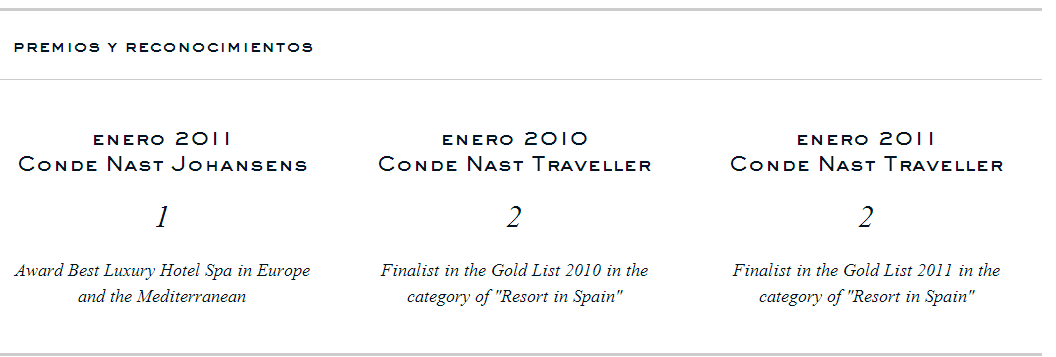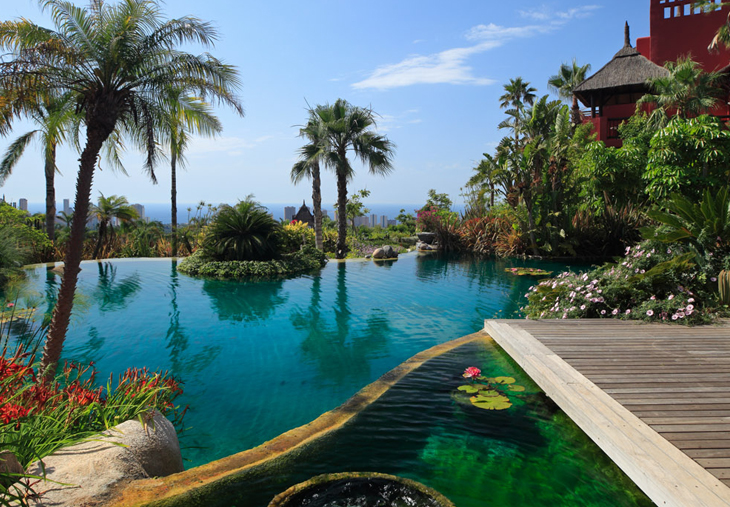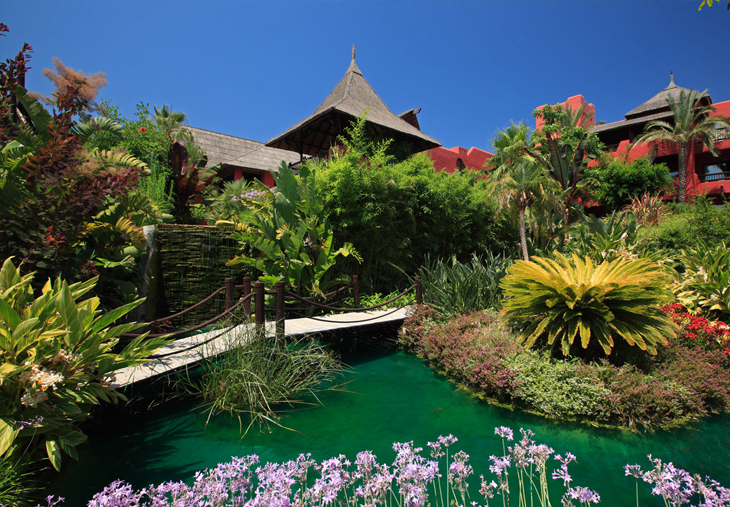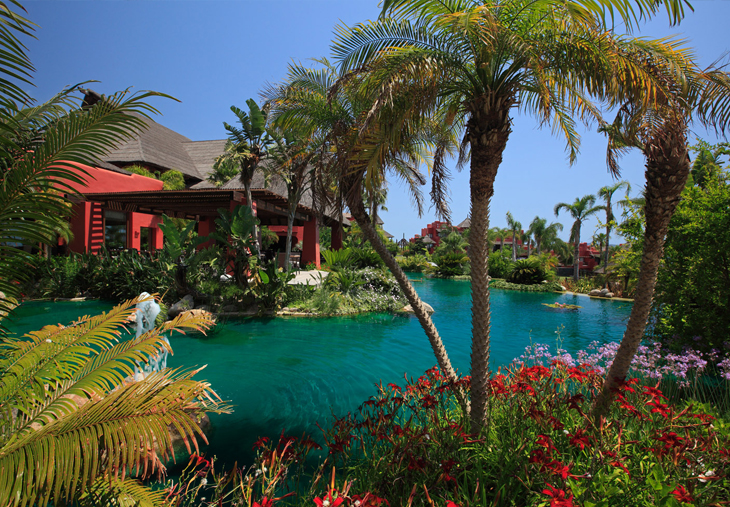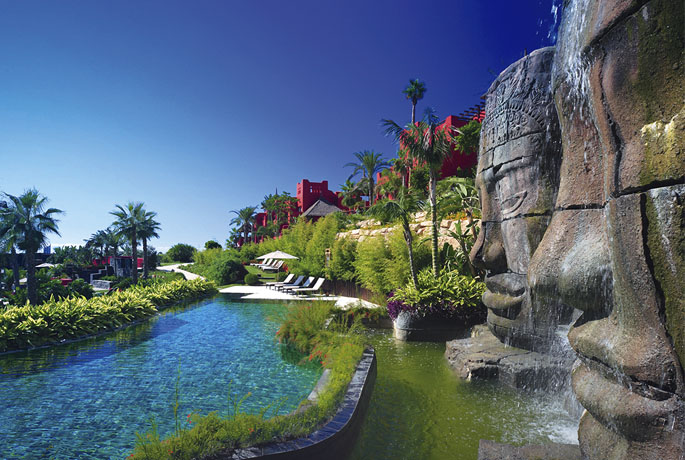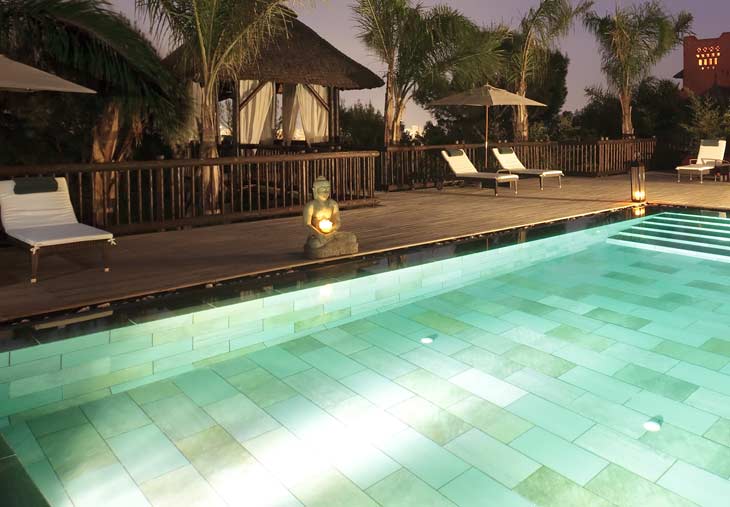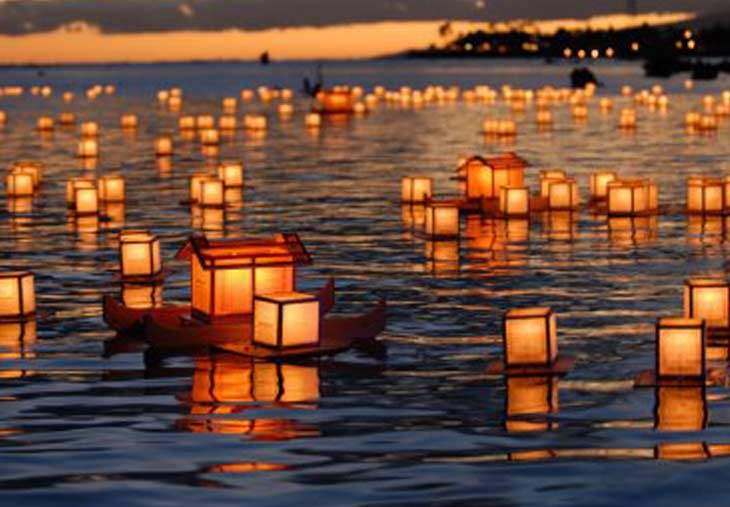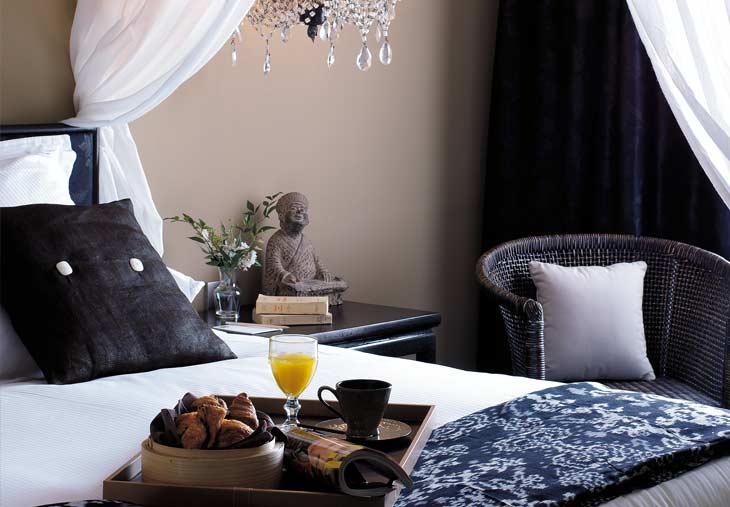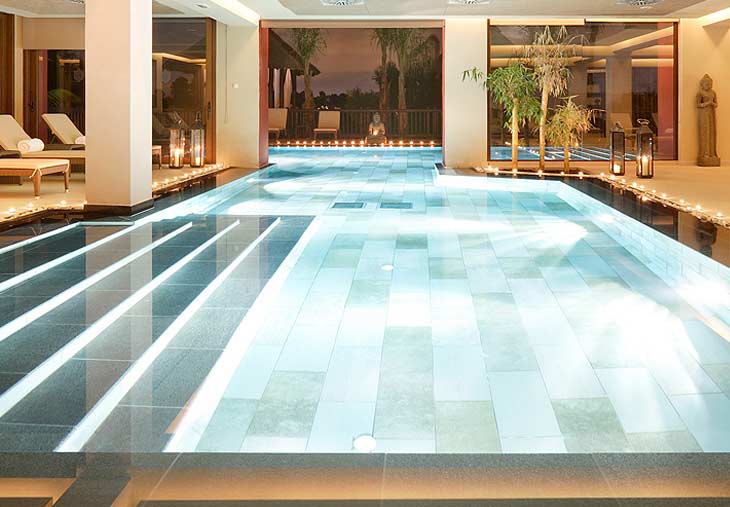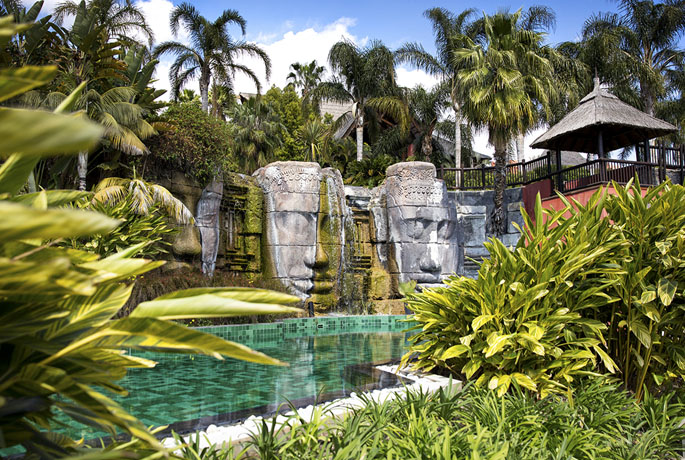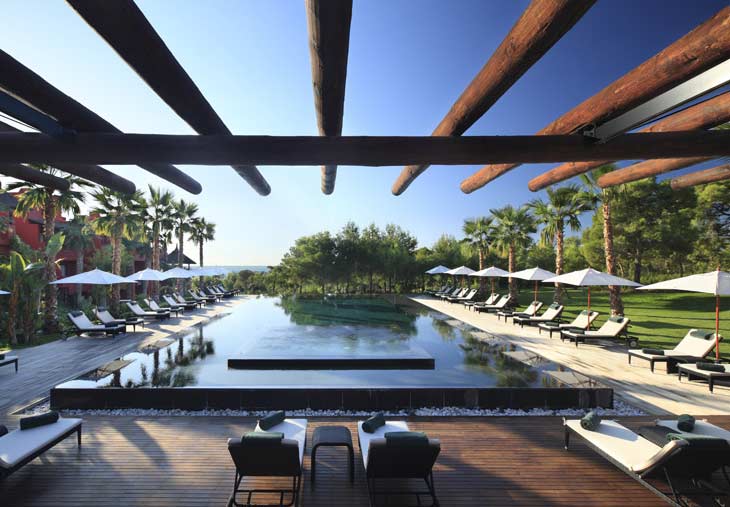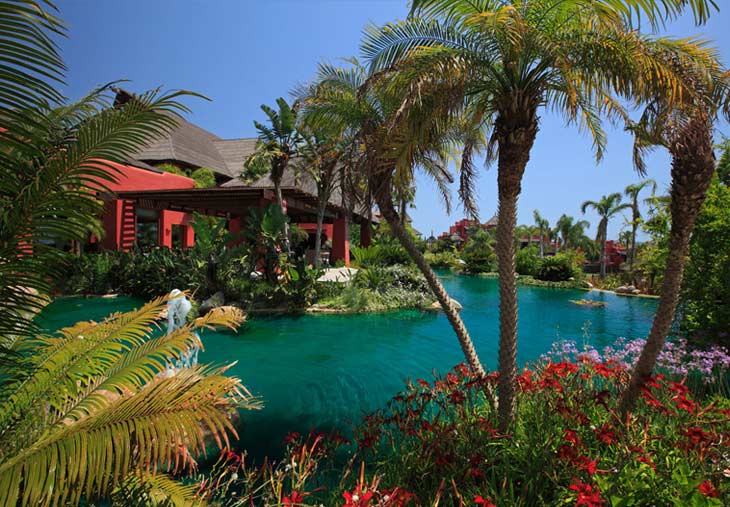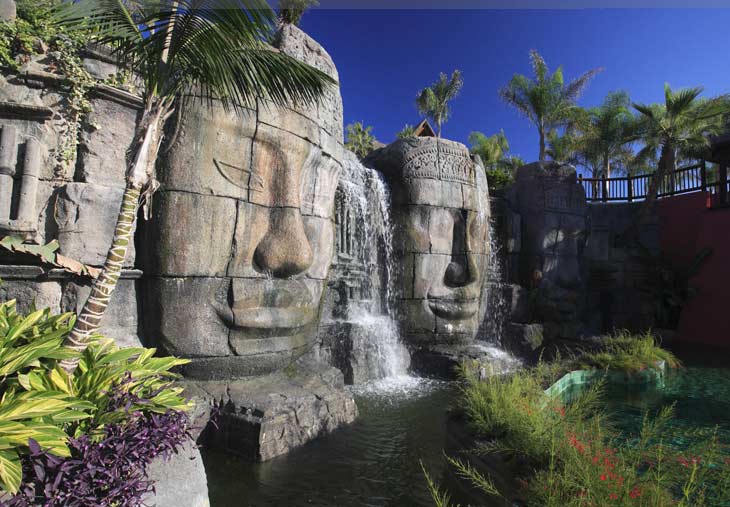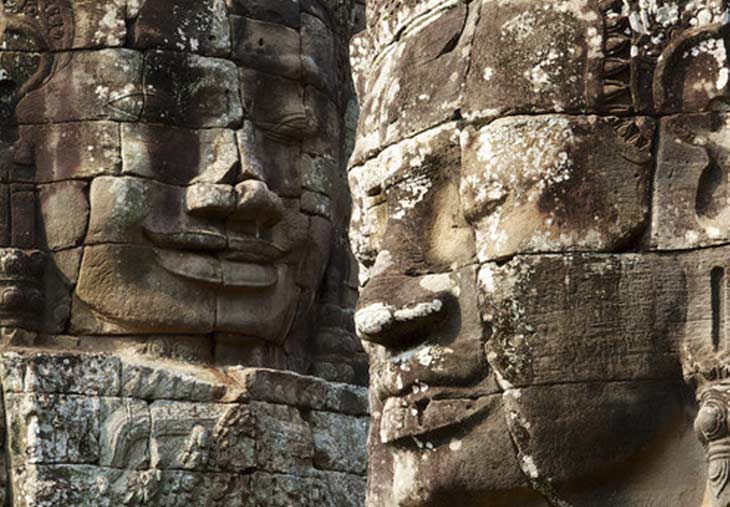Today, from our luxurious 5-star hotel Asia Gardens in Spain we are going to tell you about a tradition and philosophy able to combine spiritual spontaneity and simplicity and the elegance of shape, the Zen philosophy.
The Zen philosophy was born in China in the year 618 during the Tang dynasty. Its name comes from the term Ch´an which means meditation. Based on the teachings of Buddha, it reflects on how transitory life is and it shows how to reach the enlightment that can lead us to spiritual perfection.
“Zen seems abstract or meaningless at first, but it has a meaning, what the mind complicates, Zen simplifies, Zen is like air or water, slippery in order to avoid getting caught, but it is always there.”
This discipline incites you to learn to see yourself as a being full of energy, able to connect with your surroundings. It is a discipline based on the understanding that everything is temporary, happiness and suffering just the same, and that true peace is only found within.
It helps you find serenity, maintain balance and understand that you are above all challenges that may come your way.
“Zen teaches us that life can shine like a precious jewel if you let it, and it does not go by without us realizing how wonderful it is. Let go of superfluous thoughts and let life flow, let things take their course and allow your Zen to be there when you call, the same way echo responds to sound.”
This thousand-year-old philosophy offers us some wise advice….
– Do not let anything affect your breathing. Breathe as you always do, slowly.
– Progress and live every moment. Do not let a single day of your life go without you doing something fun, creative and useful.
– Bring your essence to everything you do.
– Focus on what you do. In ancient times, when archers were being trained by the Chinese, they were told: “You are the bow and the arrow”. You are your own project, gaining strength every day.
-Dissolves negative emotions. The Chinese term for this is “meditate”. Take a few moments, twice a day, to meditate.
-Live intensely. Enjoy every moment thoroughly. Zen teaches you that happiness is not found in great events but on the small things that are part of our lives.
– Search your own peace. To reach your balance, join the index fingers and thumbs of both your hands together and breathe deeply to close your own circle of energy, this will balance your mind, spirit and soul.
The Sakura or cherry flower festival, which we already mentioned previously, summarizes this philosophy.
In Japan, every spring, the largest flower spectacle in the world takes place. These trees are a symbol of beauty and universal wisdom, and also a symbol of transformation, showing us that everything has its origin, its blooming period and its end, and in doing so understanding the beauty at all its levels. The beauty of the last phase is particularly outstanding, when the flowers fall before they die. For Buddhists, this is the phase of plenitude, and can be summed up in one sentence in Buddhist Zen “Mono no aware”, which means to feel empathy towards all things and their transient nature. Sakura represents the cycle we go through as human beings in our lives.
At our luxurious hotel Asia Gardens in Alicante, we love everything that is Asian and we enjoy this philosophy, so much so that we have named one of our swimming pools, “Zen pool”. The pool is heated all year round, so you can enjoy never-ending swims, relax and soak up the knowledge that we have shared with you today to help you reach a full life.
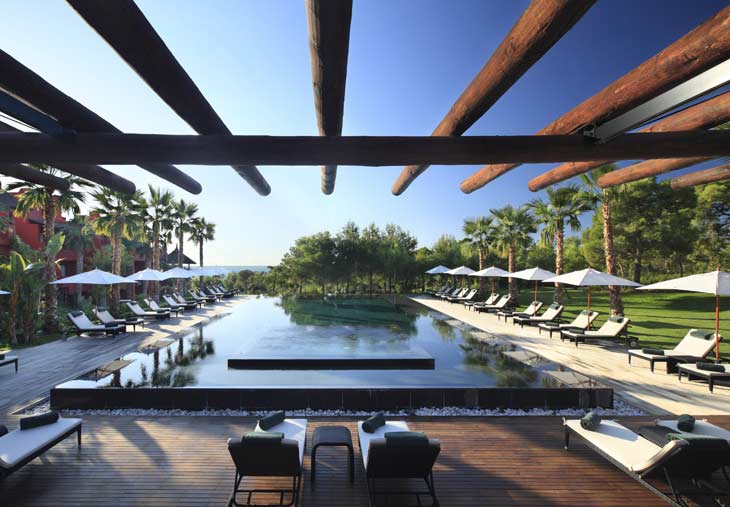
“The true master that shall help you reach Zen is on the other side of the mirror.”
Just like in Zen philosophy, when you visit our hotel you will have a good time, and after a few days you will leave… but we do hope you fully enjoy this experience and you come back many more times.
We will be glad to provide you with the ideal environment to favour your ZEN balance.




